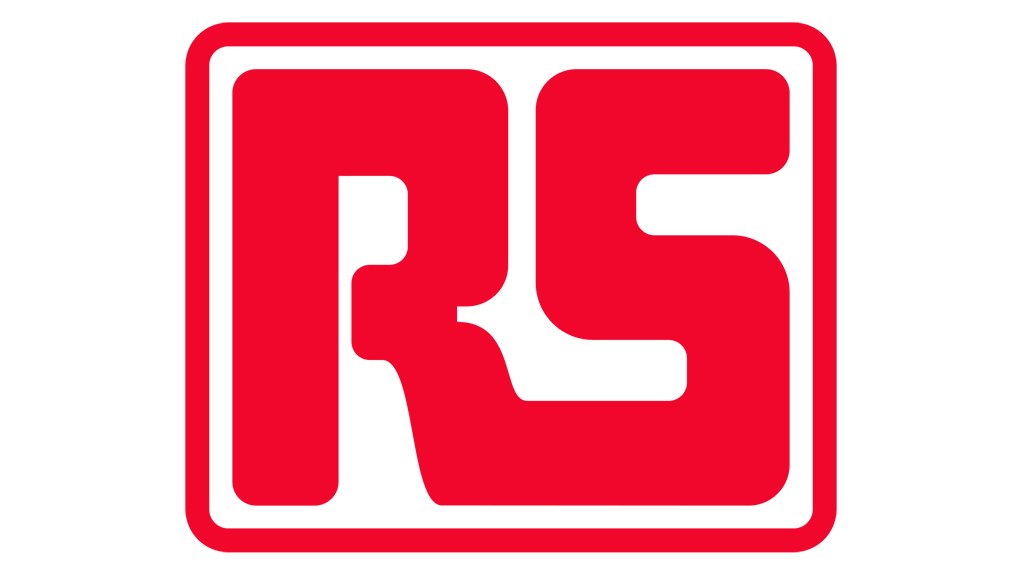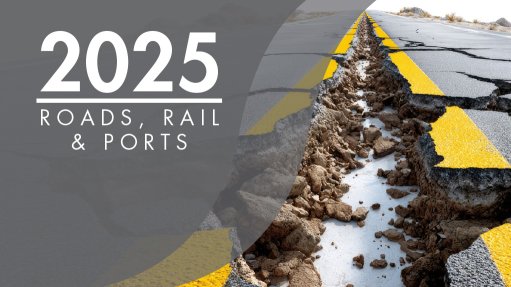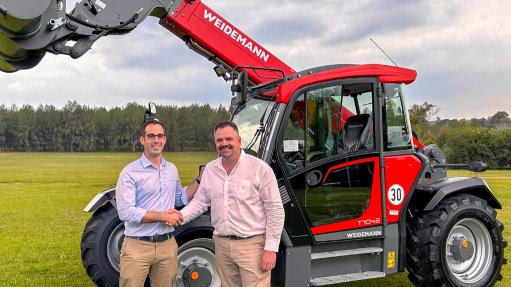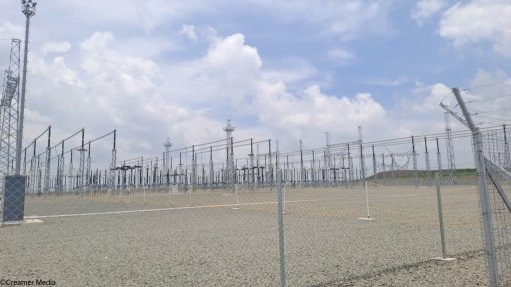How to avoid a simple measurement mistake that could cost you thousands
Across the many fields in which accurate measurements are crucial – such as design, manufacturing, engineering and construction – even the smallest of deviations can be seriously costly.
Consider, for example, if your business misjudges the dimensions or quantities of material that need to be ordered for a given project. Buying too much of the material leaves you with additional product you cannot use. Underbuying, on the other hand, might mean you having to pay for express shipping on a new order that should not have been necessary.
There can also be instances in which incorrect measurements mean work needs to be torn out and redone – and of course, that means extra materials and labour costs.
Some other measurement errors, meanwhile, can imperil safety. This, in turn, could mean being hit with fines from regulators or legal action from affected individuals.
You get the idea; you and your colleagues could easily incur expenses running into hundreds or thousands of pounds for one measurement mistake, depending on the nature of the error or situation.
So, let us take a closer look at the ways such errors can be avoided.
Ways to Prevent Getting Your Measurements Wrong
Take the following steps as an individual or organisation, and you can be sure of greatly driving down the likelihood of measurement mistakes:
- Double-check and triple-check inputs
Many of the most damaging errors happen because of a wrong number that arises at the very start of a given process – for example, because it was mistyped or misread from a specification sheet.
So, you and your colleagues should make it a standard habit to verify every input more than once. You might do this by cross-referencing datasheets or labels or asking for a second pair of eyes.
- Standardise the units you use
Confusion can easily reign – with disastrous effects – if different units of measurements are mixed up. This could entail inadvertently combining horsepower and kilowatt readings, for example, or failing to convert from inches to meters.
To give a real-life example, it was an issue with the use with different measurement units that led to the loss of NASA’s Mars Climate Orbiter in 1999.
Fortunately, there are many reliable length conversion calculators or weight conversion tools available online, to help make sure your team carries out accurate measurements without having to do the sums manually.
- Be clear and comprehensive with documentation
Whatever measurement procedures you use, a sound principle is to ensure all of it is clearly and extensively recorded. Such records should include all assumptions, variables and constraints, to ensure consistency and repeatability.
You do not want a situation in which a team member notes down a number like “30”, but then cannot recall at a later time what unit of measurement they were referencing. So, there should be a culture of recording every last detail to avoid having to rely on memory.
- Introduce automation where you can
Whether it is using an online calculator or conversion tool to turn millimetres into yards, or investing in up-to-the-minute CAD software for design projects, there are various things you might be able to do to automate some or all your business’s measurement processes.
By doing so, you can take out much of the scope for human error. Having said this, you should – of course – manually verify the first few measurement outcomes a particular tool produces, so that you can establish your utmost confidence in the system.
These are just a few methods you can use to help minimise potentially serious measurement mistakes. This, in turn, can help ensure you avoid costs – and the need for remedial work – that could otherwise imperil the longer-term prospects of your business.
Article Enquiry
Email Article
Save Article
Feedback
To advertise email advertising@creamermedia.co.za or click here
Comments
Press Office
Announcements
What's On
Subscribe to improve your user experience...
Option 1 (equivalent of R125 a month):
Receive a weekly copy of Creamer Media's Engineering News & Mining Weekly magazine
(print copy for those in South Africa and e-magazine for those outside of South Africa)
Receive daily email newsletters
Access to full search results
Access archive of magazine back copies
Access to Projects in Progress
Access to ONE Research Report of your choice in PDF format
Option 2 (equivalent of R375 a month):
All benefits from Option 1
PLUS
Access to Creamer Media's Research Channel Africa for ALL Research Reports, in PDF format, on various industrial and mining sectors
including Electricity; Water; Energy Transition; Hydrogen; Roads, Rail and Ports; Coal; Gold; Platinum; Battery Metals; etc.
Already a subscriber?
Forgotten your password?
Receive weekly copy of Creamer Media's Engineering News & Mining Weekly magazine (print copy for those in South Africa and e-magazine for those outside of South Africa)
➕
Recieve daily email newsletters
➕
Access to full search results
➕
Access archive of magazine back copies
➕
Access to Projects in Progress
➕
Access to ONE Research Report of your choice in PDF format
RESEARCH CHANNEL AFRICA
R4500 (equivalent of R375 a month)
SUBSCRIBEAll benefits from Option 1
➕
Access to Creamer Media's Research Channel Africa for ALL Research Reports on various industrial and mining sectors, in PDF format, including on:
Electricity
➕
Water
➕
Energy Transition
➕
Hydrogen
➕
Roads, Rail and Ports
➕
Coal
➕
Gold
➕
Platinum
➕
Battery Metals
➕
etc.
Receive all benefits from Option 1 or Option 2 delivered to numerous people at your company
➕
Multiple User names and Passwords for simultaneous log-ins
➕
Intranet integration access to all in your organisation





















